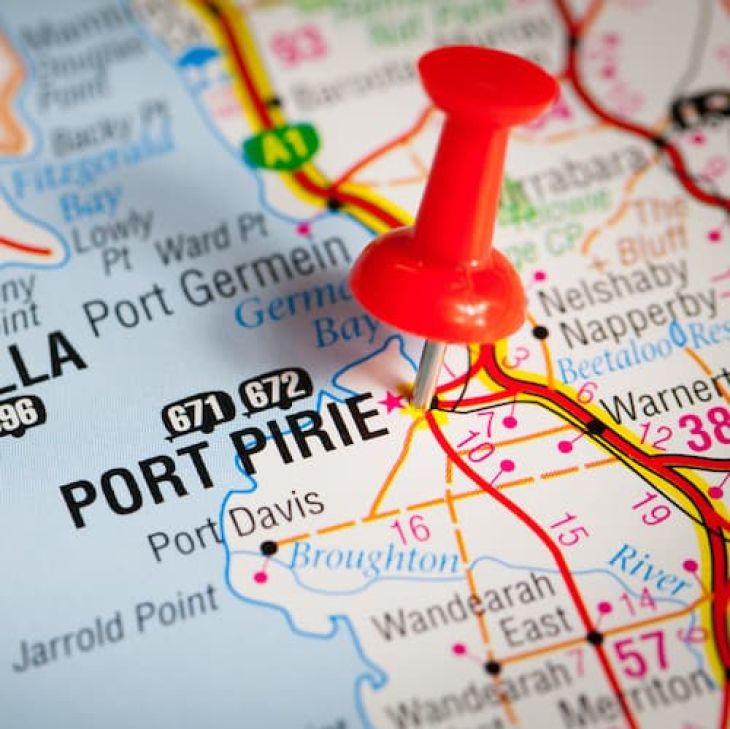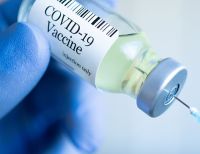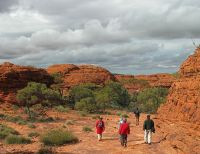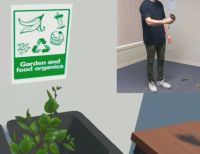01 May 2024
 New Australian technology could help recover up to $40 million worth of valuable metals from Port Pirie’s contaminated sites and help restore the local marine environment.
New Australian technology could help recover up to $40 million worth of valuable metals from Port Pirie’s contaminated sites and help restore the local marine environment.
Researchers from the University of South Australia are working with industry on a project valued at $1.7 million to recover copper, lead and zinc from tailing dams and clays in SA’s mid-north city, using significantly less water and achieving much higher metal recovery rates than traditional methods.
Innovative technology developed by InnovEco Australia, known as resin in the moist mix (RIMM), has already proved more efficient in recovering 90% of copper tailings compared to 75% recovery with the traditional heap leach technologies.
UniSA Project Lead, Associate Professor Larissa Statsenko, says the cost-effective RIMM technology could potentially recover up to 3200 tonnes of valuable lead and 4500 tonnes of zinc in river and creek sediments around Port Pirie. The technique will also be used to rehabilitate the environment by removing toxic compounds, including arsenic and cadmium from contaminated sites.
“Compared to existing rehabilitation technologies, the RIMM process is highly efficient, recovering almost all metals in a single step, while consuming less water and reagents, with a low environmental footprint,” says Assoc Prof Statsenko.
“It is far less expensive than traditional mineral extraction methods, which require multiple steps to separate water from solids to filtrate the sediments.”
Port Pirie is home to one of the world’s largest and oldest lead and zinc smelters, generating millions for the economy, but the environment has paid a heavy price for 130 years of industrial smelting and refining of metals.
 UniSA Project Lead, Associate Professor Larissa Statsenko
UniSA Project Lead, Associate Professor Larissa Statsenko
Zinc, lead and cadmium levels in the 15kms surrounding Port Pirie are significantly higher than guidelines issued by the National Environment Protection Council, posing risks to human health, animals, marine life and degrading the local habitat.
The Port Pirie River, river mouth and First Creek are at the epicentre of the metal contamination, with high surface sediment concentrations of lead, zinc, copper, cadmium and arsenic. This metal contamination decreases species diversity, resulting in biomass decline and leads to reductions in both marine life and the ecosystem.
Port Pirie’s contaminated sediments are also costing the city’s port an estimated $4 million a year in lost revenue due to the build-up of silt in the shipping channel.
Siltation means that only shallow vessels can access the port under tidal restrictions. Dredging has not been undertaken to date due to the contamination and limited disposal options, although the new technology should be able to overcome this. A previous UniSA study found that dredging up to a metre of the top of the silt would not only reduce metal pollution but also align with shipping requirements.
Flinders Ports is one of six partners involved in the project and will provide access to the Port Pirie River sediments to help researchers and engineers obtain the sample material.
“To date, the options for recovering mineral deposits have been limited, which has led to a need for more sustainable dredging, recovery, and disposal strategies,” says Flinders Ports Assets and Engineering Manager Guy Tuck. “Flinders Ports are proud to be involved in this partnership that will further investigate sustainable options for the reuse and disposal of dredge material from the Port Pirie River.”
The other partners are environmental consultants COOE, the SA Environmental Protection Agency and the University of Adelaide.
“This project has a silver lining,” says Assoc Prof Statsenko. “It will not only clean up the environment, helping it on the path to recovery, but also unearth millions of dollars’ worth of valuable metals in the process.”
…………………………………………………………………………………………………………………………
Media contact: Candy Gibson M: 0434 605 142 E: [email protected]
Researchers: Assoc Prof Larissa Statsenko E: [email protected]
















